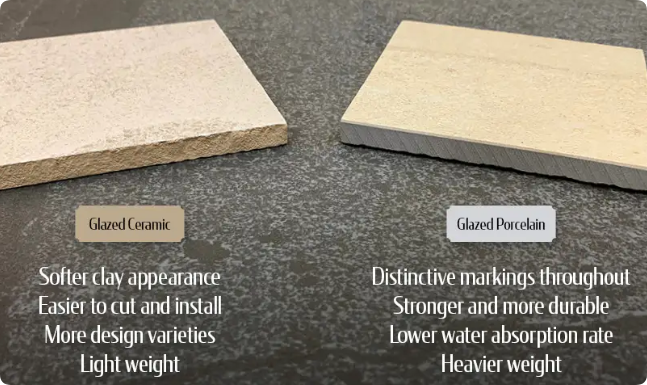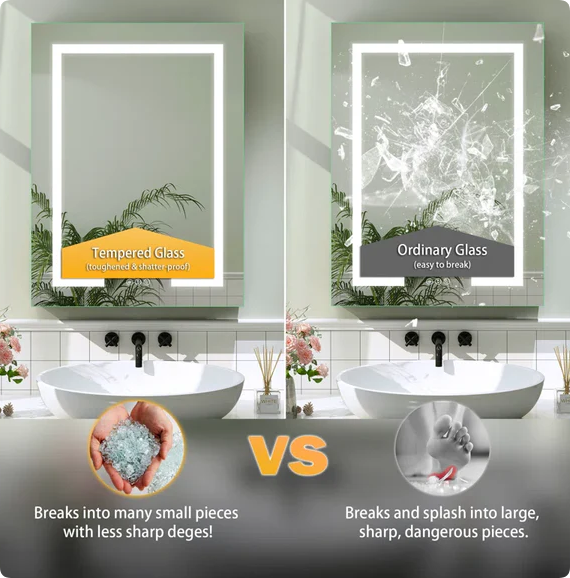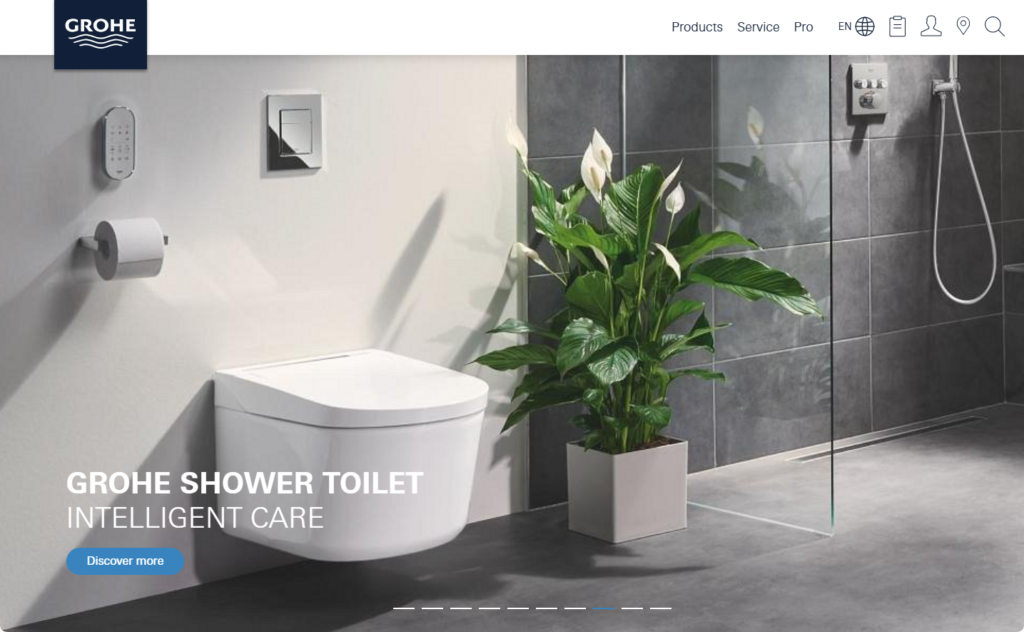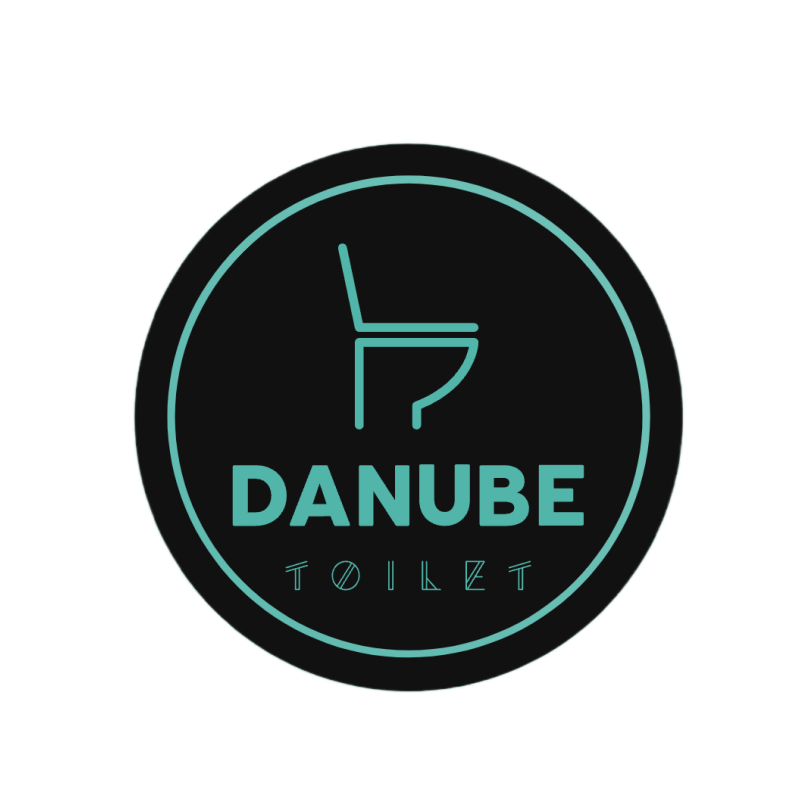In today’s modern world, smart bathroom products are no longer just a luxury but a necessity in many homes, hotels, and commercial spaces. From self-cleaning toilets to intelligent mirrors with built-in lighting and touch screens, these products combine cutting-edge technology with functionality. However, when it comes to choosing materials for these innovative products, it’s essential to make informed decisions that balance aesthetics, durability, and functionality.
In this article, we will guide you through the process of selecting the right materials for smart bathroom products. Whether you’re a procurement specialist in the hotel industry, a builder, or a designer working on a luxury renovation project, understanding the different materials available is key to creating products that stand the test of time.
1. Why Material Choice Matters for Smart Bathroom Products
Choosing the right materials for smart bathroom products is not just about looks—it’s about ensuring longevity, ease of maintenance, and a user-friendly experience. When combined with smart technology, materials must also accommodate the unique demands of electronics and sensors. For instance, smart toilets or mirrors require materials that can protect sensitive components like sensors and touchscreens from moisture, heat, and wear over time.
Key factors to consider when choosing materials for smart bathroom products:
- Durability: The material must withstand constant exposure to moisture and frequent use.
- Aesthetics: The material should enhance the bathroom’s overall aesthetic, whether you’re aiming for a minimalist look or a more luxurious design.
- Maintenance: Some materials require more frequent cleaning and upkeep than others, which can affect user experience and the longevity of the product.
- Compatibility with Technology: The materials need to be able to house and protect the technological elements, such as sensors, wiring, and control panels.
2. Popular Materials for Smart Bathroom Products
Now that we know why material selection is important, let’s dive into some of the most popular materials used in smart bathroom products.
Ceramics (Porcelain and Vitreous China)
Ceramics are widely used in bathroom fixtures, especially for products like toilets, sinks, and bathtubs. Porcelain and vitreous china are two common types of ceramics chosen for their durability and smooth surfaces. These materials are easy to clean, highly resistant to moisture, and can be molded into a variety of shapes.
- Advantages:
- Durable and long-lasting.
- Easy to maintain and clean.
- Resistant to water and stains.
- Cost-effective compared to other materials.
- Disadvantages:
- Can be heavy and difficult to install.
- Prone to chipping or cracking if dropped.
Comparing ceramic toilets and porcelain toilets

Glass (Tempered Glass)
Glass is frequently used in smart bathroom products, especially for items like mirrors, shower enclosures, and even some toilet lids. Tempered glass is particularly popular because it’s much stronger than regular glass and shatters into small, safe pieces if it breaks.

- Advantages:
- Modern and sleek appearance.
- Resistant to scratches.
- Allows for the integration of LED displays in smart mirrors.
- Easy to clean and maintain.
- Disadvantages:
- Can be more expensive than ceramics.
- Requires careful handling to avoid breakage.
- May need regular cleaning to maintain a pristine look.
Stainless Steel
For more high-tech bathroom accessories like smart faucets or control panels, stainless steel is often used. It’s robust, corrosion-resistant, and maintains its aesthetic appeal even in harsh conditions.
- Advantages:
- Highly durable and resistant to rust and corrosion.
- Gives a sleek, modern appearance.
- Easy to clean and maintain.
- Disadvantages:
- Can show water spots and fingerprints.
- More expensive than other metals like aluminum.
Acrylic and Resin
Acrylic and resin materials are often used in the construction of smart bathtubs, showers, and countertops. These materials are lightweight and can be molded into various shapes, making them perfect for custom smart bathroom solutions.
- Advantages:
- Lightweight and versatile.
- Affordable.
- Can be molded into various designs.
- Disadvantages:
- Prone to scratching and discoloration over time.
- Less durable compared to ceramic or glass.
Wood and Bamboo (For Accents)
Wood and bamboo are increasingly being used for accents in smart bathroom products. While these materials aren’t as common for the core structure of a smart toilet or sink, they are often used for trim, storage units, or even smart mirrors with wooden frames. Bamboo, in particular, is a sustainable option for eco-conscious consumers.
- Advantages:
- Adds a warm, natural look to the bathroom.
- Eco-friendly options available, such as bamboo.
- Can complement other materials like glass and ceramic.
- Disadvantages:
- Prone to water damage if not treated properly.
- Requires more maintenance compared to water-resistant materials.
3. Smart Technology Compatibility and Material Choice
When it comes to incorporating smart technology into bathroom products, materials need to be chosen with the electronics in mind. Sensors, touch panels, and LED lights often require specific housing and protection from moisture and heat.
Here are some tips on ensuring material compatibility with smart technologies:
- Waterproofing: Materials like ceramics and stainless steel naturally resist moisture, which is vital for smart bathroom products, especially toilets and mirrors.
- Signal Transparency: For smart mirrors and other devices that use Bluetooth or Wi-Fi, it’s important to select materials that won’t interfere with wireless signals. Glass and certain types of acrylic are transparent enough to allow signals to pass through without disruption.
- Heat Resistance: Heated bathroom products like smart mirrors with defogging technology and heated toilet seats require materials that can handle temperature fluctuations without warping or degrading.
4. Material Comparison Table
To make it easier for you to choose the best materials for your smart bathroom products, we’ve put together a comparison table that highlights the key advantages and disadvantages of each material:
| Material | Advantages | Disadvantages | Best Used For |
|---|---|---|---|
| Ceramics (Porcelain, Vitreous China) | Durable, water-resistant, easy to clean, cost-effective | Heavy, can chip or crack if mishandled | Toilets, sinks, bathtubs |
| Glass (Tempered Glass) | Sleek, modern, scratch-resistant, LED-compatible | Expensive, fragile, requires regular cleaning | Smart mirrors, shower enclosures, toilet lids |
| Stainless Steel | Durable, corrosion-resistant, sleek appearance | Expensive, shows water spots and fingerprints | Smart faucets, control panels, towel bars |
| Acrylic & Resin | Lightweight, affordable, versatile | Prone to scratching, less durable than ceramics | Bathtubs, countertops, custom designs |
| Wood & Bamboo | Natural, eco-friendly, adds warmth | Requires water treatment, high maintenance | Accents, trim, storage solutions, mirrors |
5. Smart Bathroom Products from Top Brands
In selecting materials for your smart bathroom products, it’s helpful to consider brands that specialize in these advanced technologies. Below are five highly-regarded brands known for producing smart bathroom products and their unique features.
1. Kohler (USA)
Kohler is a leader in the smart bathroom space, offering a wide range of products, including smart toilets and shower systems. Their Numi smart toilet, for example, features a touchscreen remote, heated seat, and personalized bidet functions.
- Features: Touchscreen remote, integrated speakers, personalized temperature controls.
- Material Used: Porcelain for toilets, stainless steel for fixtures.
2. TOTO (Japan)
TOTO is well-known for pioneering the bidet toilet, with their Washlet series offering heated seats, temperature-controlled water jets, and air purifiers.
- Features: Self-cleaning functions, energy-efficient, antimicrobial properties.
- Material Used: Vitreous china for toilets, stainless steel for faucets.
3. Grohe (Germany)

Grohe is renowned for their smart faucets and shower systems, which offer water-saving technologies and precise temperature control.
- Features: Smart touchless faucets, temperature control, water-saving technology.
- Material Used: Stainless steel, glass, and ceramic.
4. Moen (USA)

Moen is a leading brand for smart showerheads and faucets. Their U by Moen technology allows users to control water temperature, flow, and even preset different shower experiences.
- Features: Smart app control, voice command integration, water-saving.
- Material Used: Stainless steel, ceramic, and advanced plastics.
5. Roca (Spain)
Roca is a global leader in high-end bathroom products, offering a range of smart toilets, bidets, and bathroom fixtures.
- Features: Remote control flushing, water-saving technology, self-cleaning features.
- Material Used: Ceramic for toilets, glass for mirrors, stainless steel for fittings.
6. FAQs about Smart Bathroom Materials
1. What is the most durable material for smart toilets?
- Porcelain is the most durable material for smart toilets as it is resistant to water, stains, and wear.
2. Can smart bathroom mirrors work with any material?
- Smart bathroom mirrors typically work best with glass, as it allows easy integration of LED technology and touch panels.
3. Is stainless steel better than acrylic for bathroom faucets?
- Stainless steel is generally more durable and resistant to corrosion compared to acrylic, making it ideal for faucets.
4. How do I maintain smart bathroom products?
- Regular cleaning with non-abrasive materials is key to maintaining the longevity of smart bathroom products. Be sure to follow the manufacturer’s instructions for each product.
Conclusion
Choosing the right materials for your smart bathroom products is crucial to ensuring durability, functionality, and style. Whether you’re outfitting a luxury hotel or renovating a bathroom at home, carefully selecting the right combination of materials will ensure that your smart products work efficiently while adding a touch of sophistication to the space.
